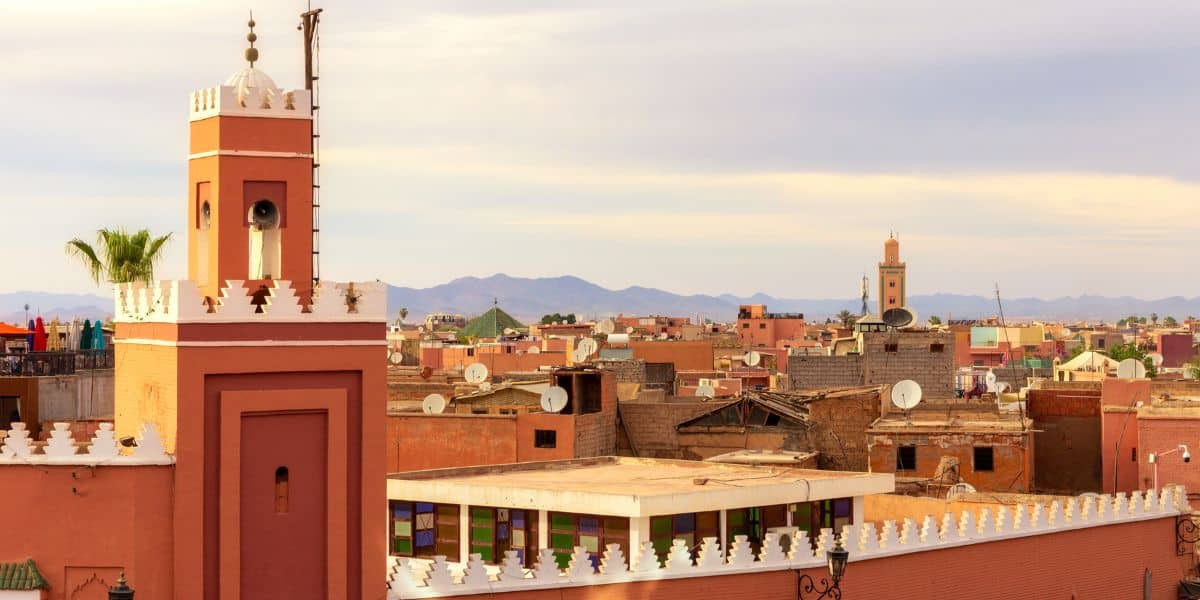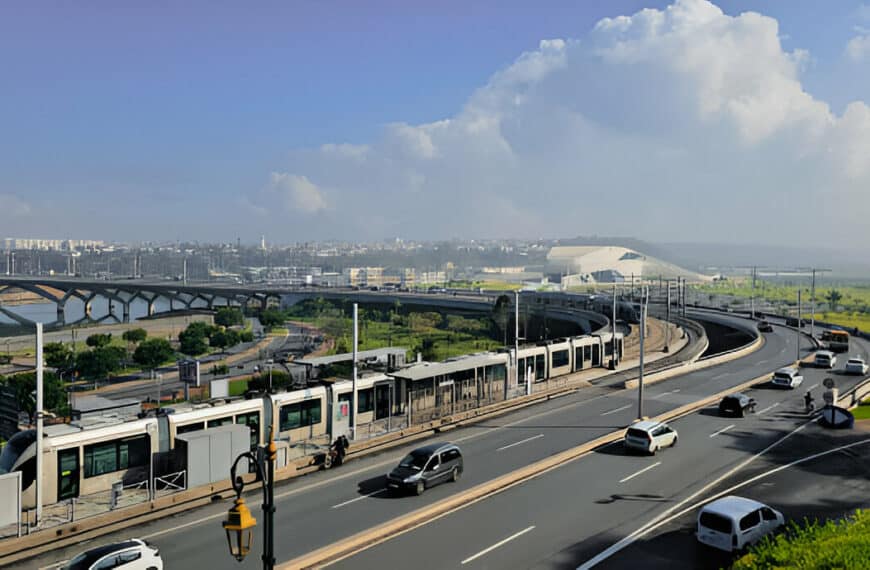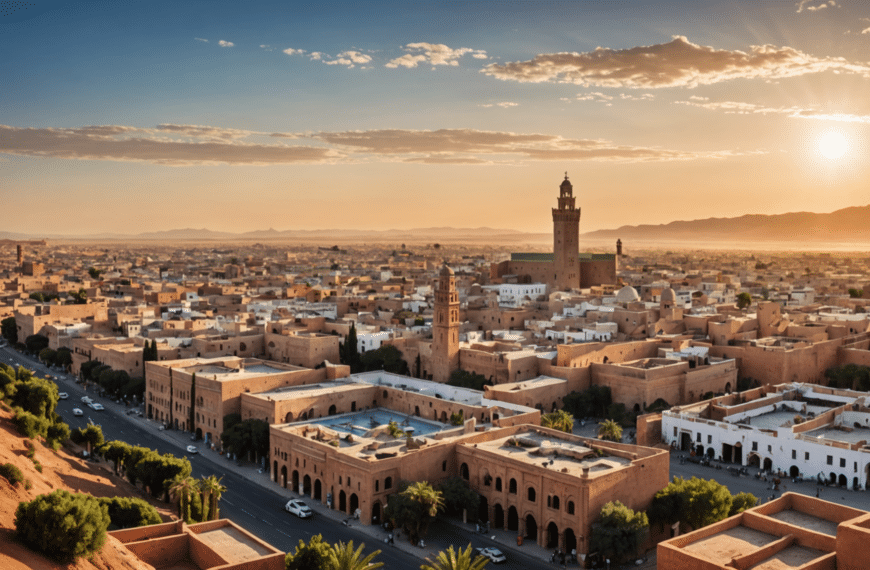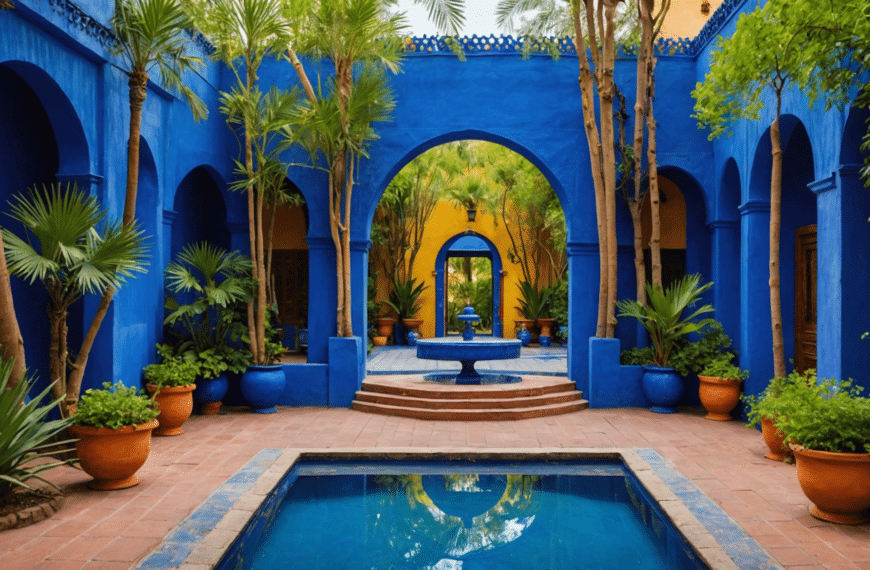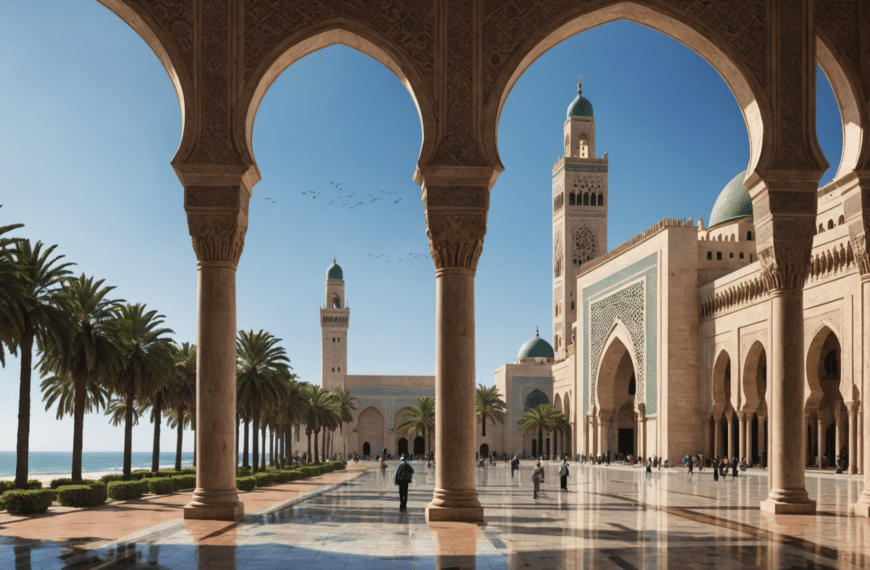When planning a trip to Morocco, understanding the weather patterns is crucial for packing and planning activities. February, being one of the winter months in Morocco, offers a unique climate that varies significantly from region to region.
Understanding Morocco’s Climate in February
The Moroccan weather in February can be quite diverse. In the north and along the coast, the climate tends to be mild and wet, while inland areas, especially those shielded by mountains, can experience colder temperatures. The south, however, often enjoys warmer and drier conditions. This variation means that travelers need to prepare for multiple scenarios when visiting different parts of the country during this month.
Temperature Variations Across Regions
In cities like Casablanca and Rabat on the Atlantic coast, average daytime temperatures hover around 17°C (63°F), which can feel quite pleasant. However, evenings can be cooler, requiring at least a light jacket. Moving inland to Marrakech or Fez, you might experience slightly higher daytime temperatures but colder nights where temperatures can dip below 8°C (46°F).
The Atlas Mountains present a completely different scenario. Here, temperatures are significantly lower, and it is not uncommon to encounter snow, particularly at higher altitudes. If your travels take you to these majestic mountains, packing warm clothing and suitable footwear for snowy conditions is essential.
Conversely, if you venture into the Sahara Desert in the south, expect warmer days with temperatures reaching up to 21°C (70°F). Nights in the desert can still be cold, often dropping to around 7°C (45°F), so warm layers remain necessary.
Precipitation Patterns
February is also a month where you might encounter rain, particularly in northern and coastal regions of Morocco. Cities like Tangier and Casablanca receive a fair amount of rainfall during this month. While it doesn’t rain every day, it’s wise to include waterproof gear in your luggage.
- Waterproof jacket: Essential for sudden downpours.
- Umbrella: Useful for light drizzles and exploring cities on foot.
- Water-resistant shoes: Keep your feet dry during unexpected showers.
Activities Suited for February Weather
The cooler and occasionally wet weather of February makes it an excellent time for enjoying outdoor activities without the scorching heat typical of Moroccan summers. Hiking in the Atlas Mountains is particularly rewarding during this month, offering clear skies on most days and fewer tourists on the trails.
Cultural tours in cities like Marrakech, Fez, and Meknes are also more comfortable during this cooler weather. Exploring ancient medinas, bustling souks, and historic sites without the intense heat can lead to a more enjoyable experience. Remember to dress in layers; mornings can be brisk before warming up in the afternoon.
Tips for Traveling to Morocco in February
To make the most of your February visit to Morocco, consider these travel tips:
- Layer your clothing: Temperatures vary throughout the day and between regions.
- Check local weather forecasts: Be prepared for rain or sudden temperature changes.
- Plan indoor activities: Have alternatives for rainy days like visiting museums or indoor markets.
- Enjoy seasonal foods: Try local dishes that are popular in winter such as tagine with root vegetables.
Festivals and Events
Despite being a quieter month for tourism, February still hosts some interesting cultural events worth experiencing if your travel dates align. The Almond Blossom Festival takes place in Tafraoute, celebrating the blossoming almond trees with music and dance. This festival not only showcases the stunning landscapes of the region adorned with pink and white blossoms but also offers insight into local traditions and culinary practices.
Morocco in February presents a dynamic weather landscape that varies from region to region. Whether you’re exploring ancient cities or trekking through snowy mountain passes, understanding these conditions will help ensure that your Moroccan adventure is both comfortable and fulfilling.

